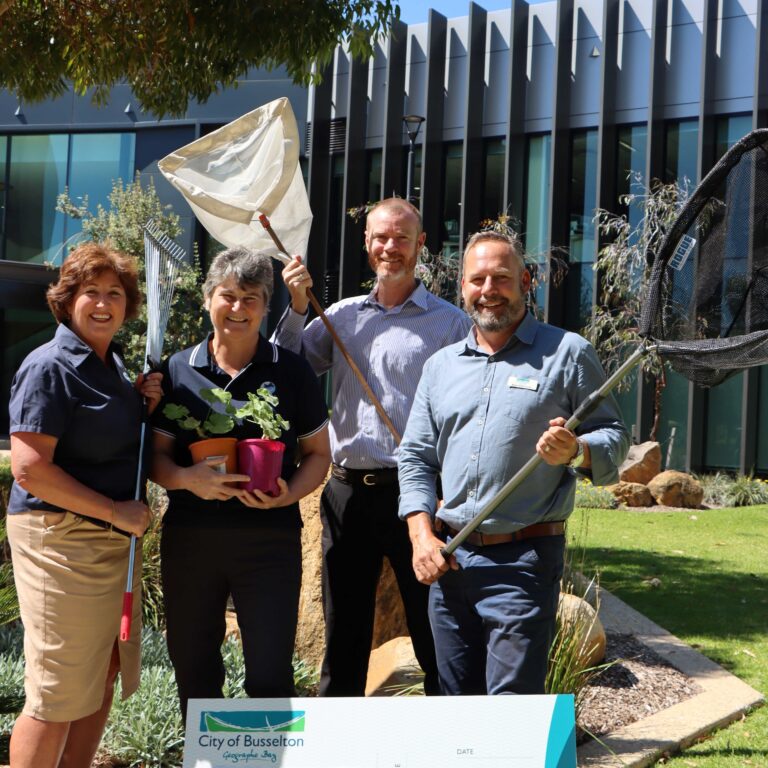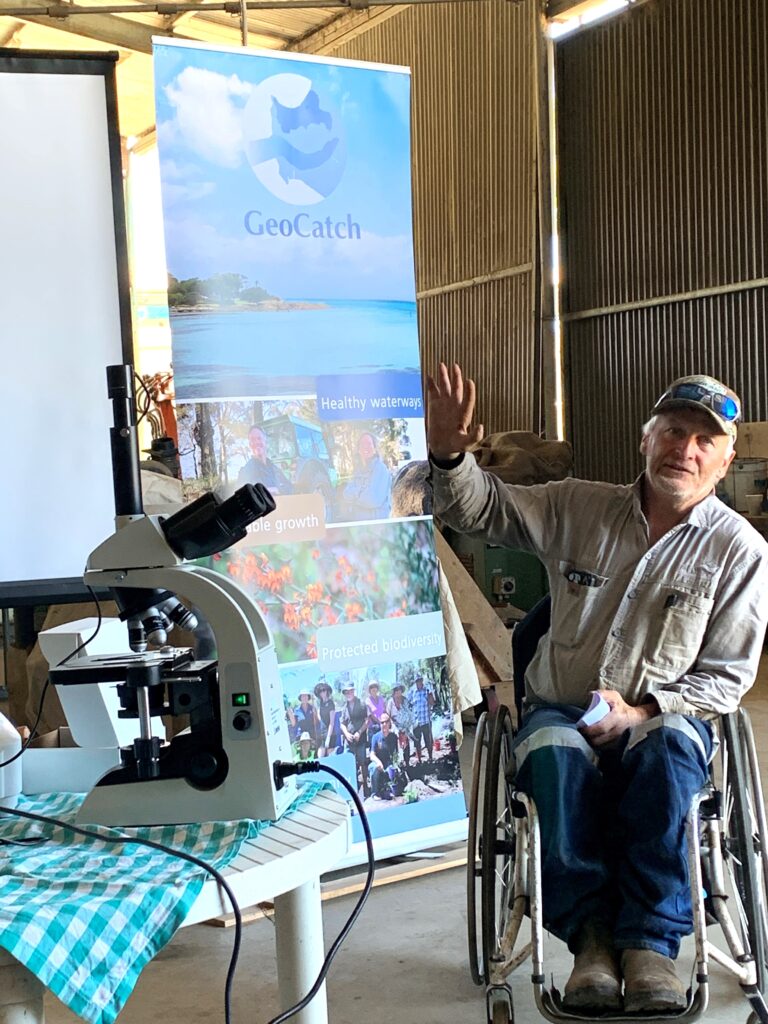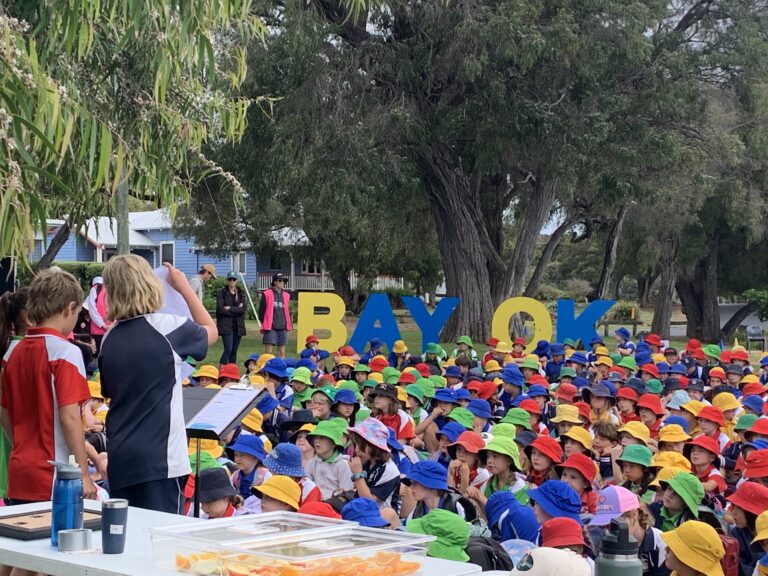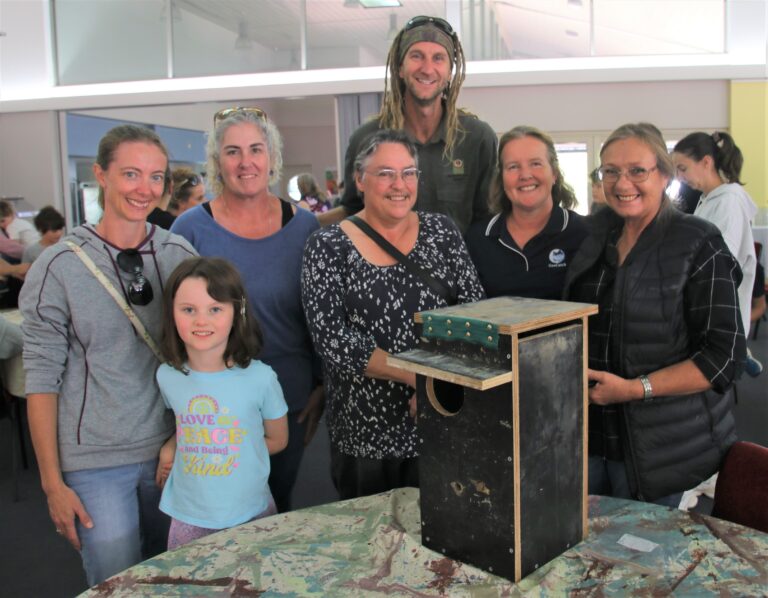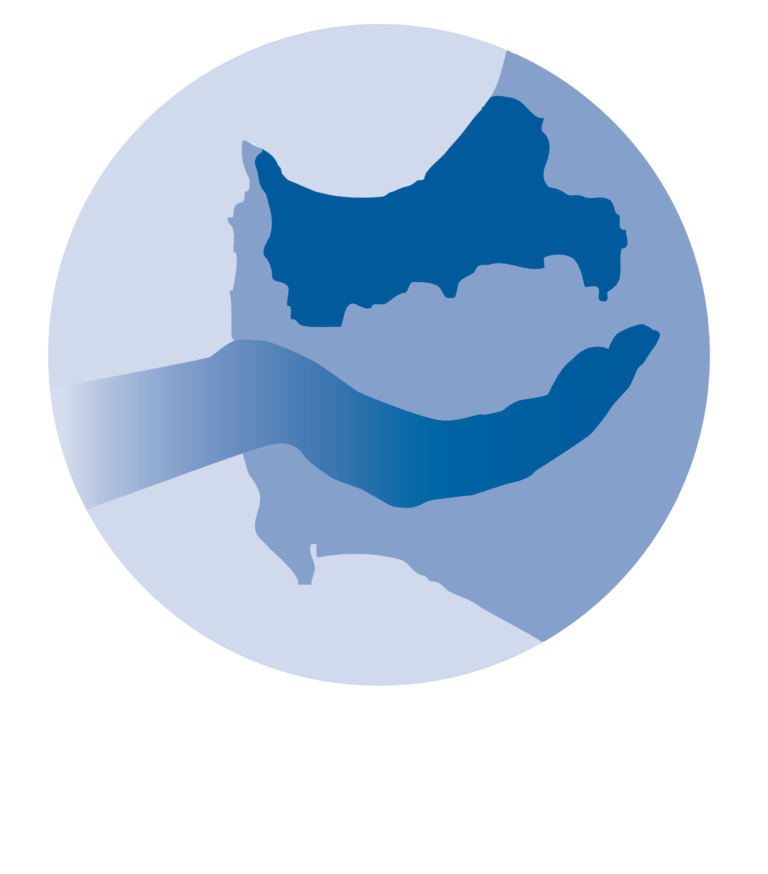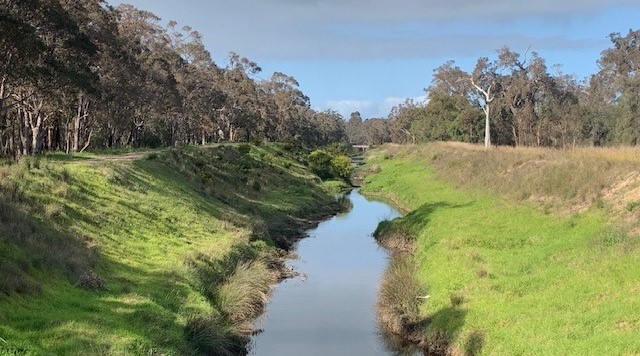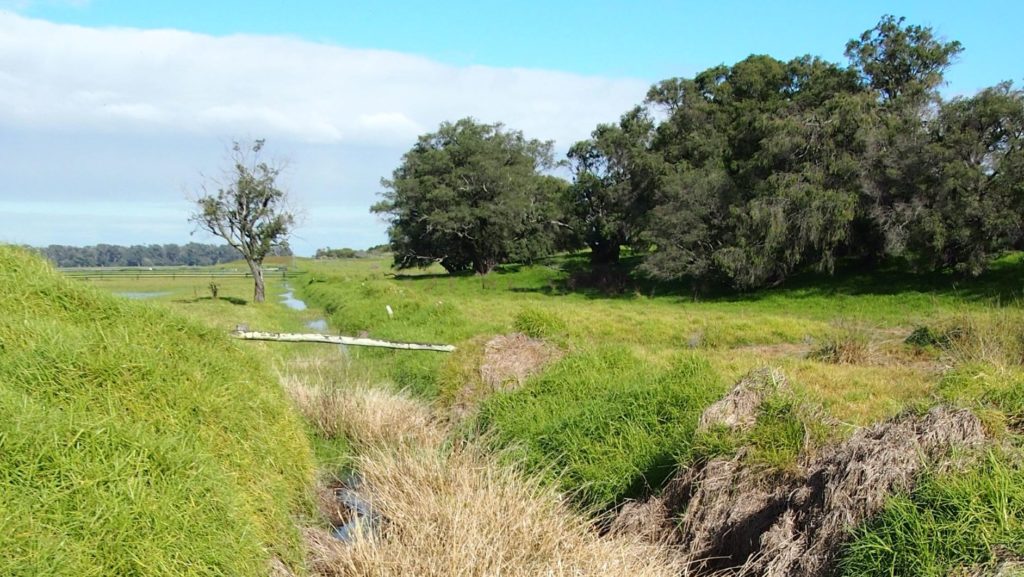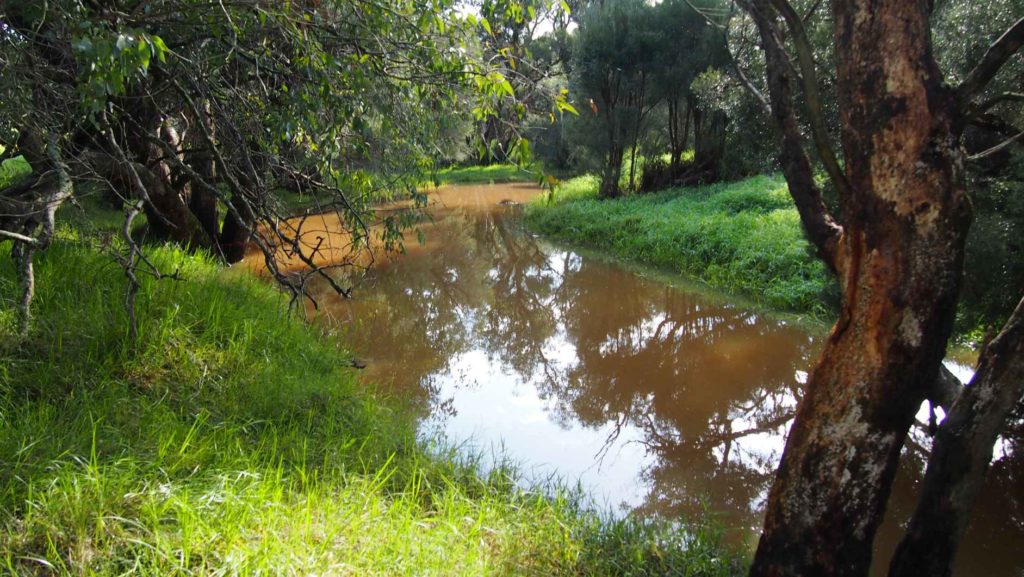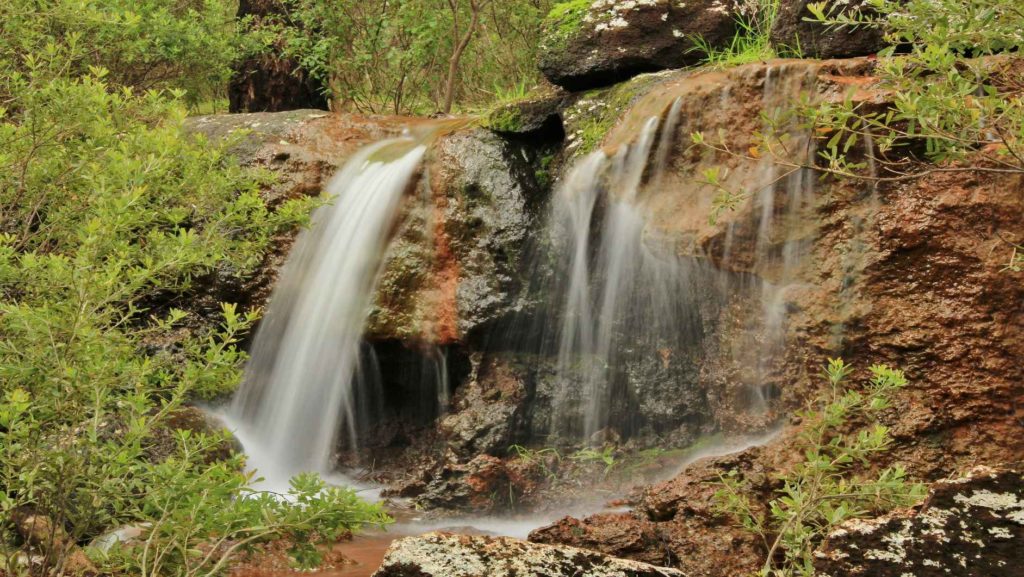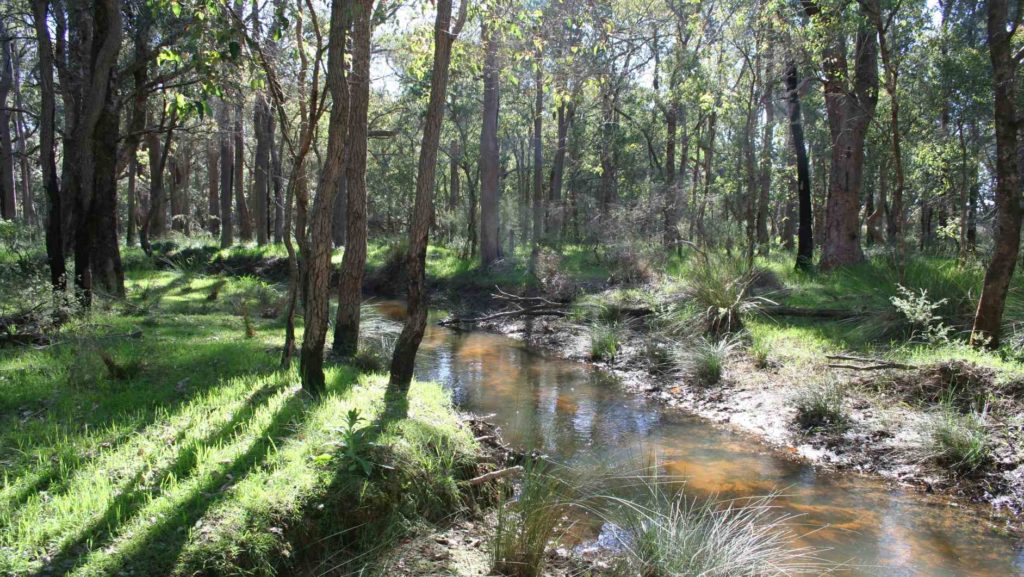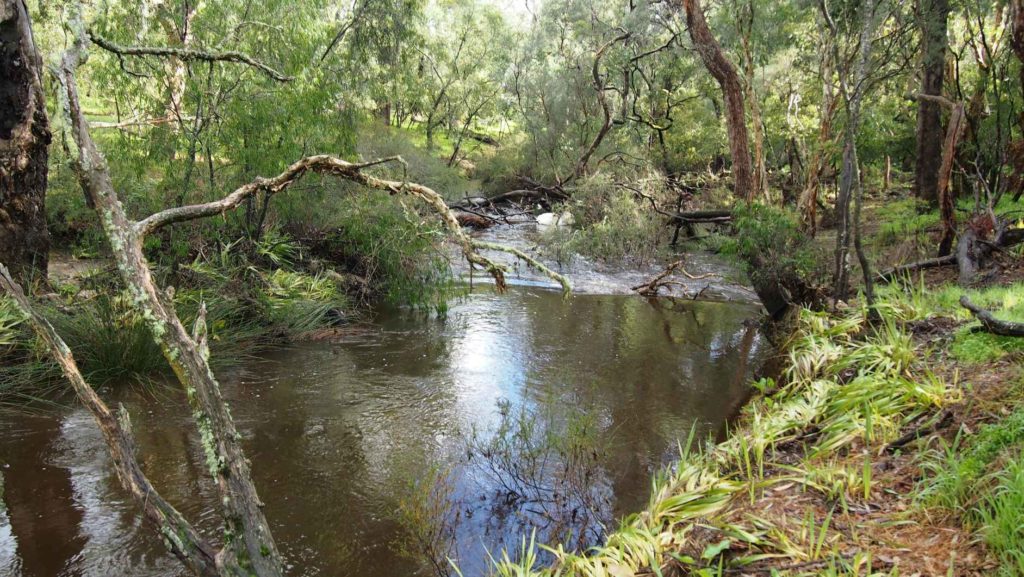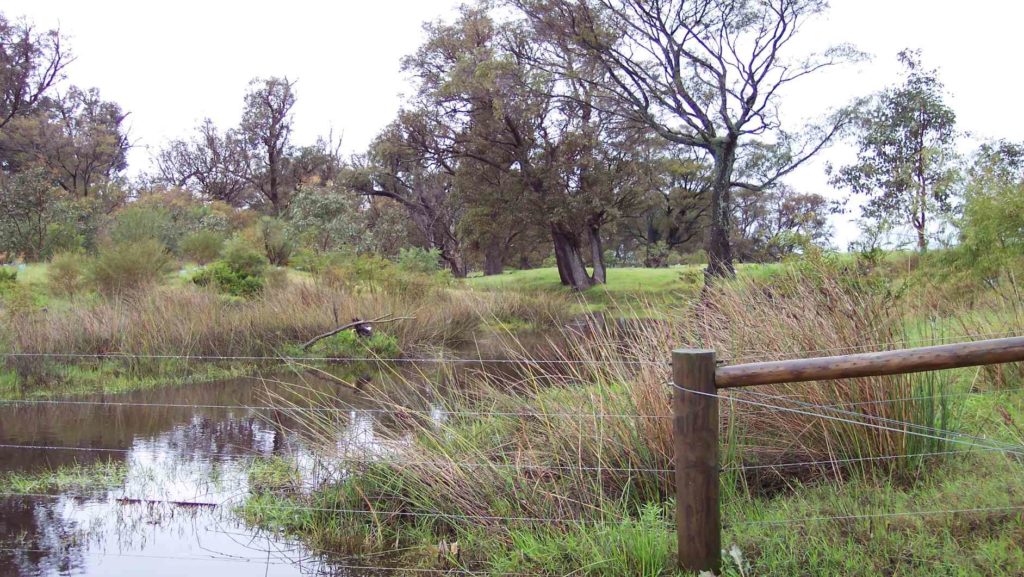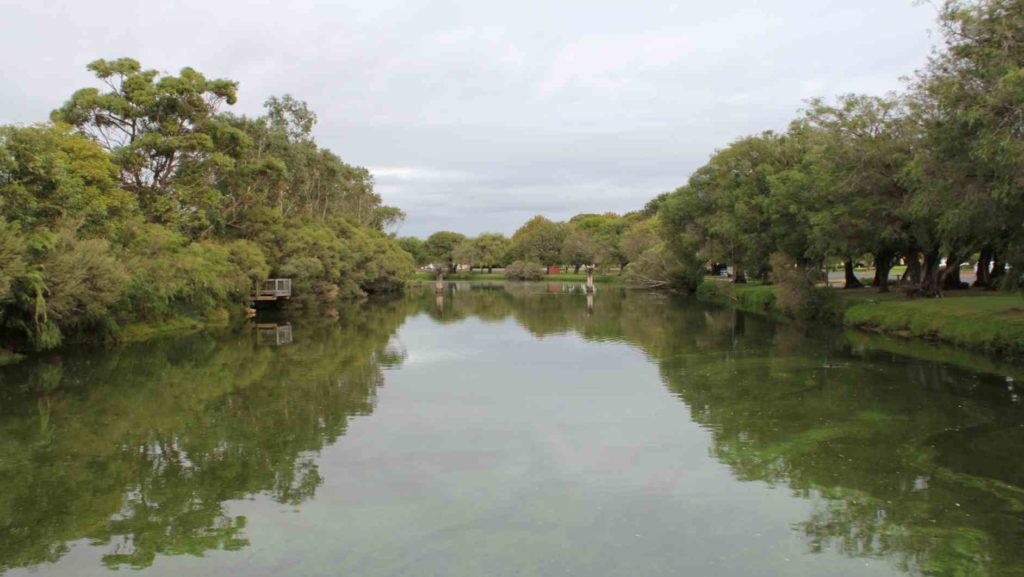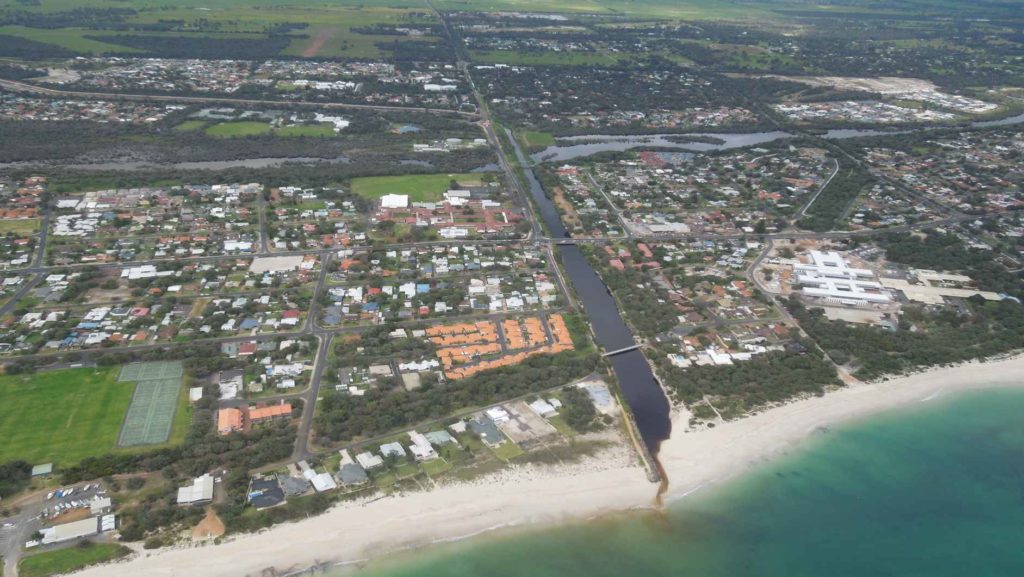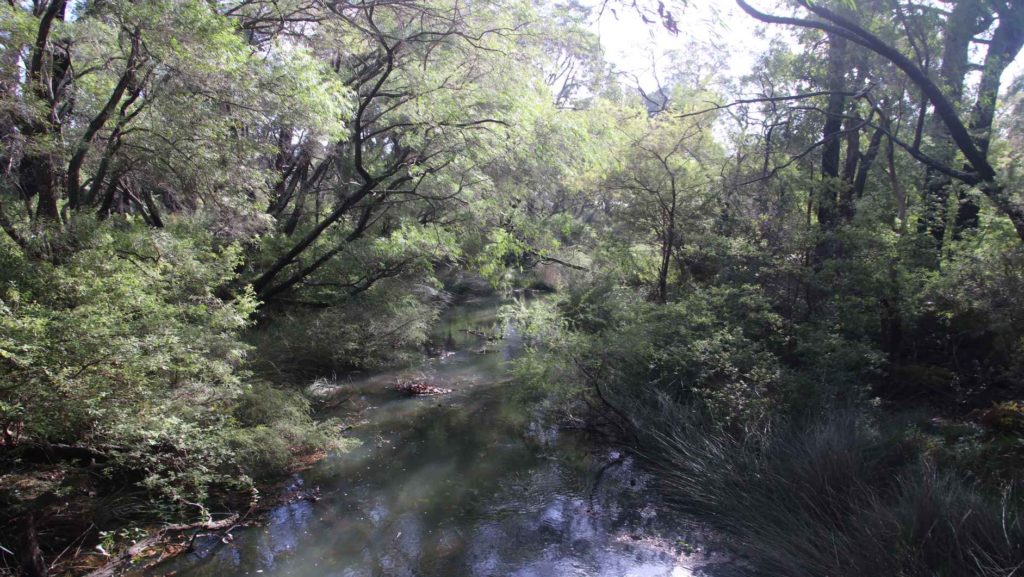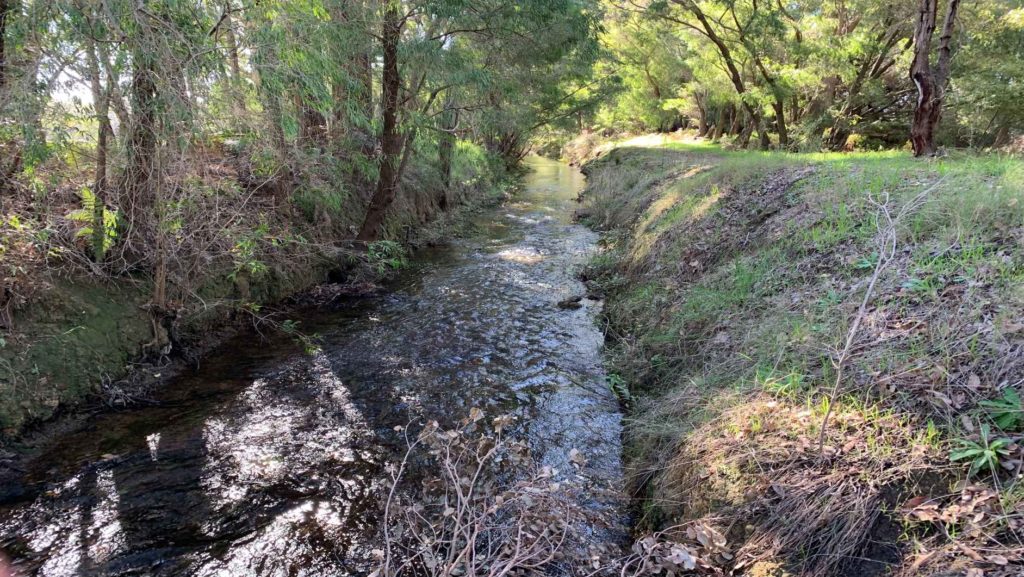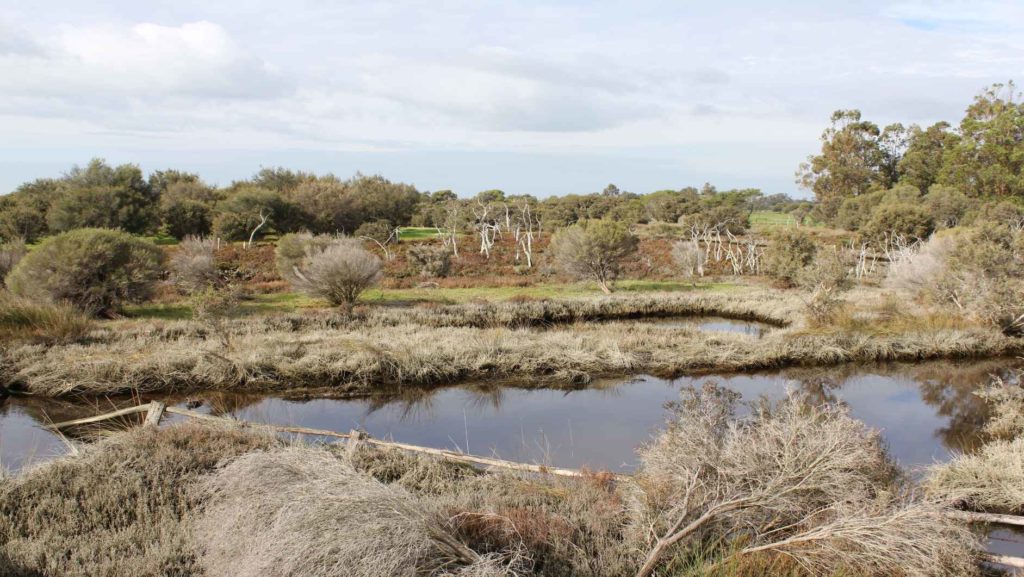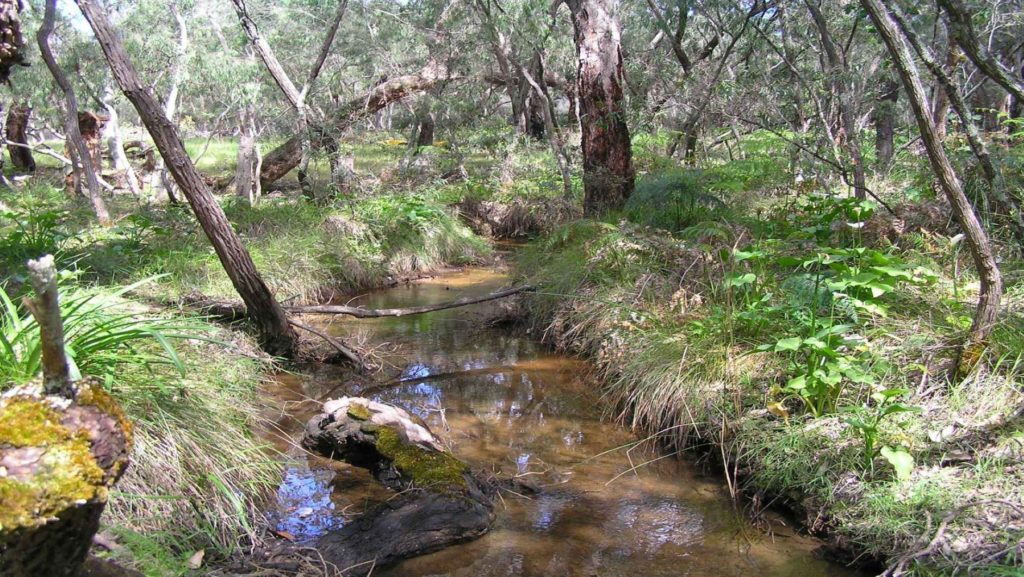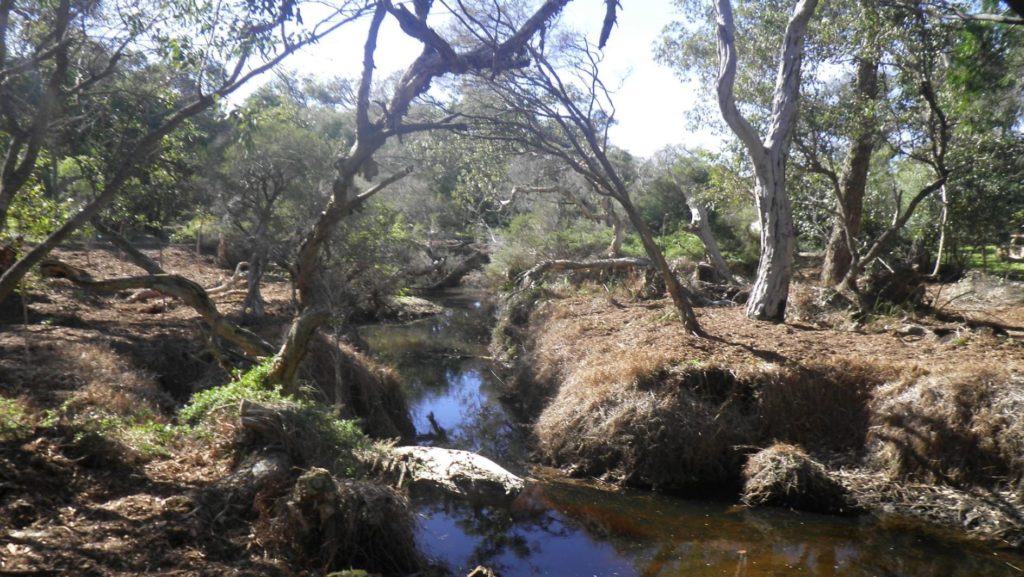Agriculture
Geographe Bay is surrounded by productive, agricultural land that is dominated by dairy, beef and sheep grazing.
Agriculture is the biggest land use in the Catchment. Close to a quarter of WA’s dairy farms are located here, making it an important local and state industry.
Viticulture has expanded in the western part of the catchment, while intensive horticulture such as potato growing and avocados is also expanding.
Management of soils are key to sustainable agriculture, particularly in the free-draining, sandy soils on the Swan Coastal Plain. Reducing nutrients leaving farms by improving fertiliser and dairy effluent management is an important component of sustainable agriculture and a major opportunity to improve water quality and support biodiversity on farming enterprises in our Catchment.


